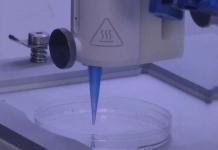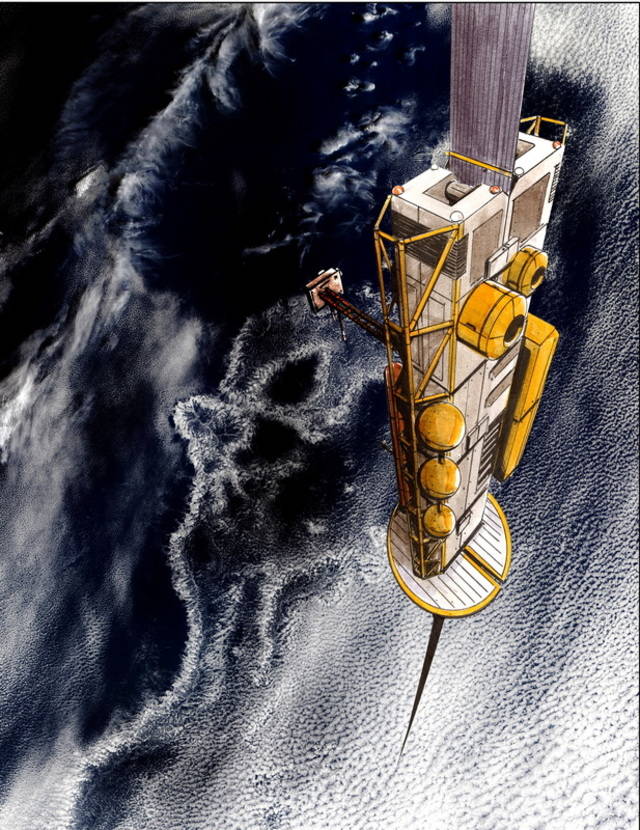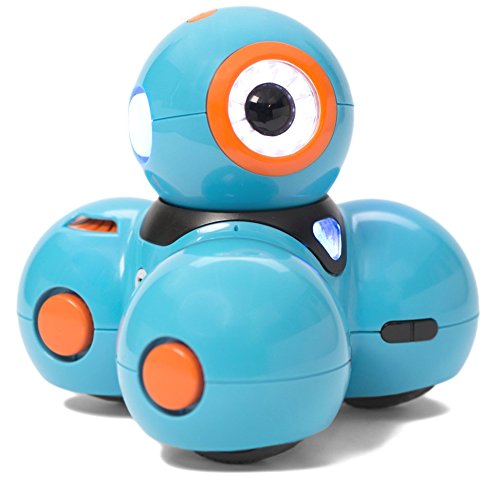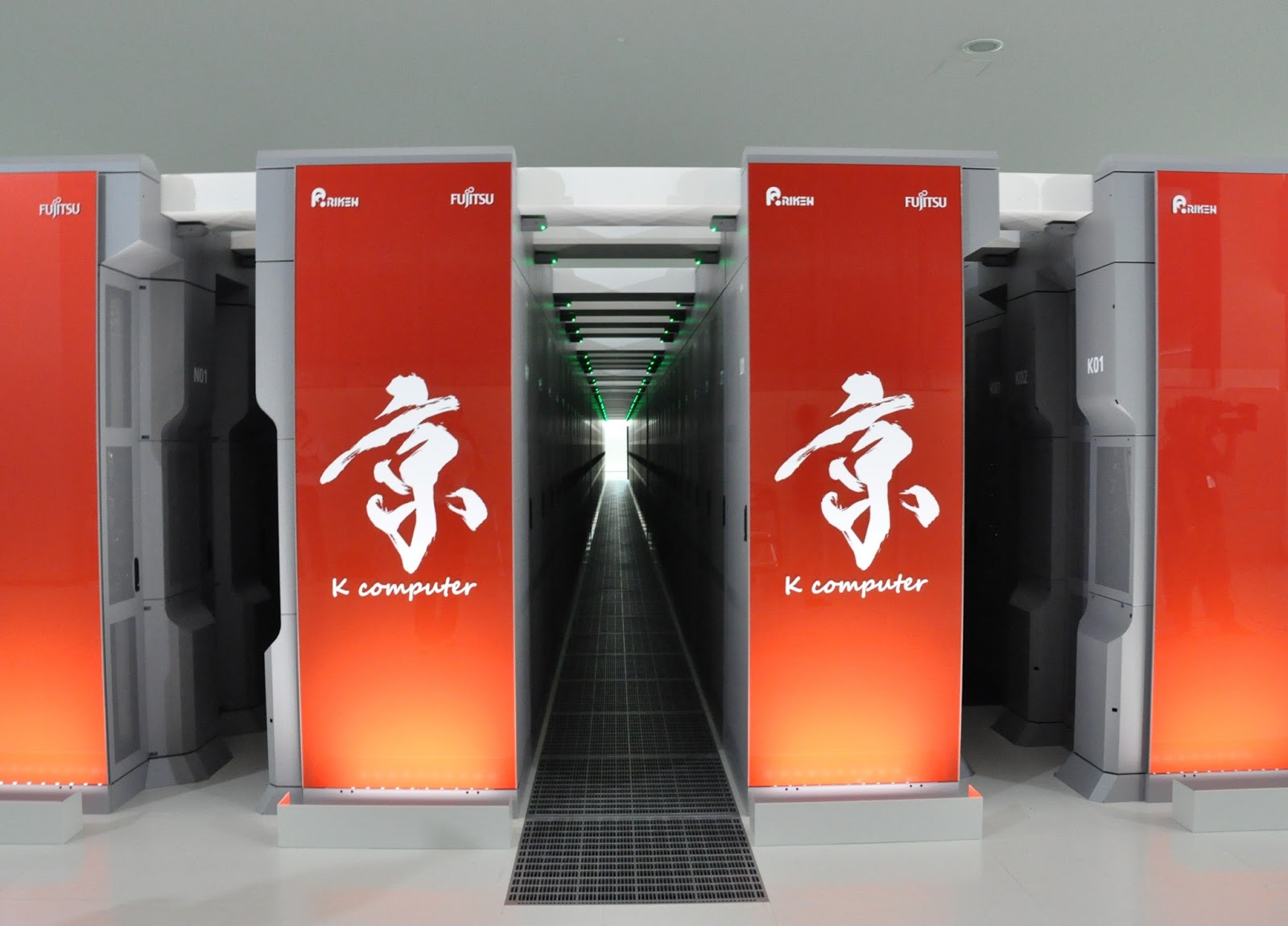Lately, researchers have focused either on robot felines and insects or on humanoid robots. The missing link in the evolution of robots comes in the form of a robot ape developed by the German Research Center for Artificial Intelligence.
The robot ape was developed by scientists from DFKI (the German Research Center for Artificial Intelligence) as part of the iStruct project (Intelligent Structures for Mobile Robots). Built mainly as a quadruped robot, the iStruct ape has very natural movement patterns. It can easily walk or balance on a board, much like real apes would do. On top of that, the robot ape can easily stand on its hind legs, should the context require it to do so.
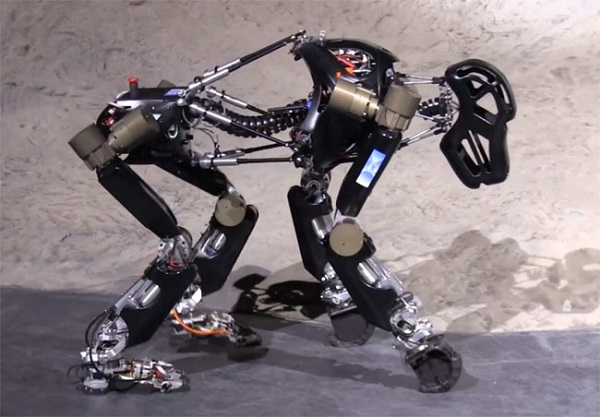
The research team at DFKI shed some light on the iStruct project: “Aim of the project iStruct is the development of a robotic system as well as of biologically inspired structural components which, if applied on the robotic system, effectively improve the locomotion and mobility characteristics. In order to achieve this goal, an improved perception of the environment and the own condition is needed.
The intelligent structures to be developed contain a variety of functions which cannot only extend the already existing locomotion behaviors of robots, but also permit further relevant applications like the contemporaneous use as carrier and sensor system. This way, different functionalities are united in one construction unit.”
Check out the following video to see the movement pattern of the iStruct robot ape:
Also, the following clip reveals the natural talent this robot ape has for balancing:
Put some fur on it (preferably faux, so that PETA doesn’t target you), and people won’t be able to tell the difference between the iStruct robot ape and a real one. If current monkeys won’t evolve anytime soon into anything resembling Futurama’s Guenter, we could at least have some cyborg apes in the jungles that we call cities nowadays.
I’m not saying that robot animals should replace the real ones, but I’m very glad that researchers dedicate some of their precious time for developing such projects. It would be very interesting to see how a real ape would react when placed in the same room with a furry robotic one. Maybe the whole Planet of the Apes thing would take a totally different turn. After robot cheetahs and apes, who knows what scientists have in store for us?
If you liked this post, please check this Swiss cheetah-cub robot and the Boston Dynamics LS3 quadruped robot.

